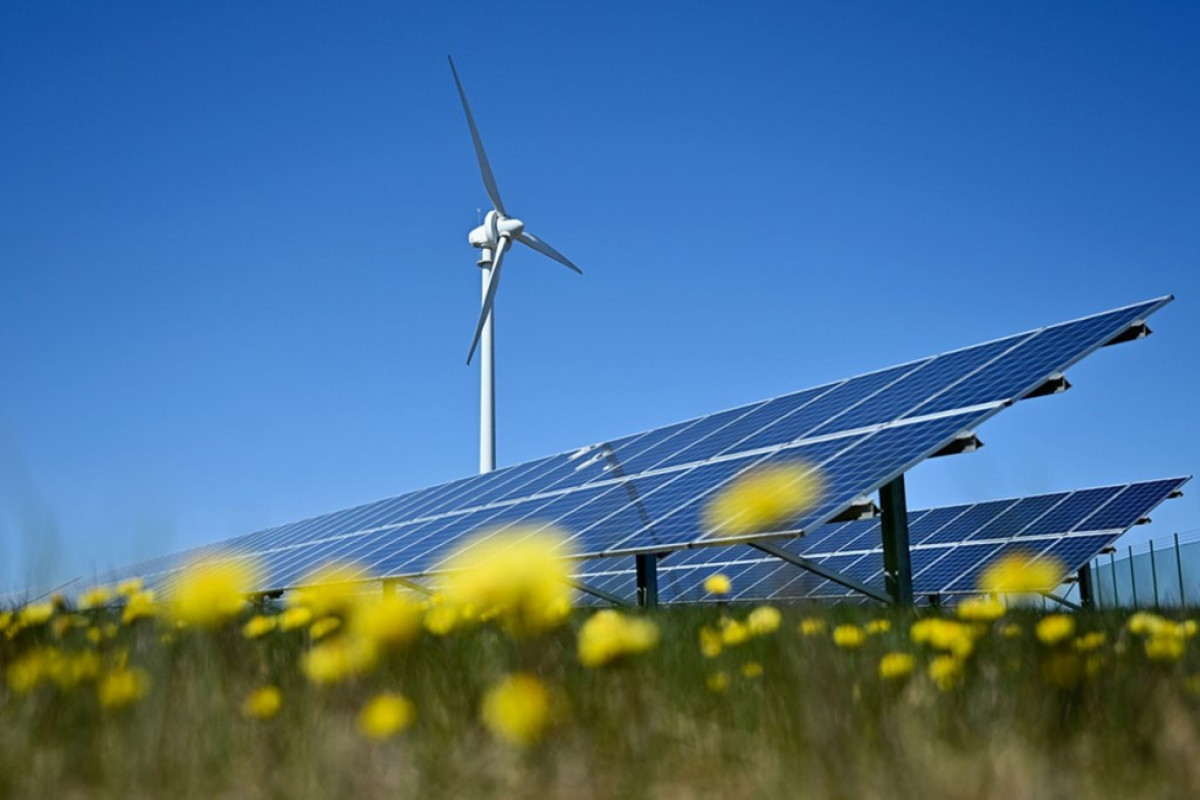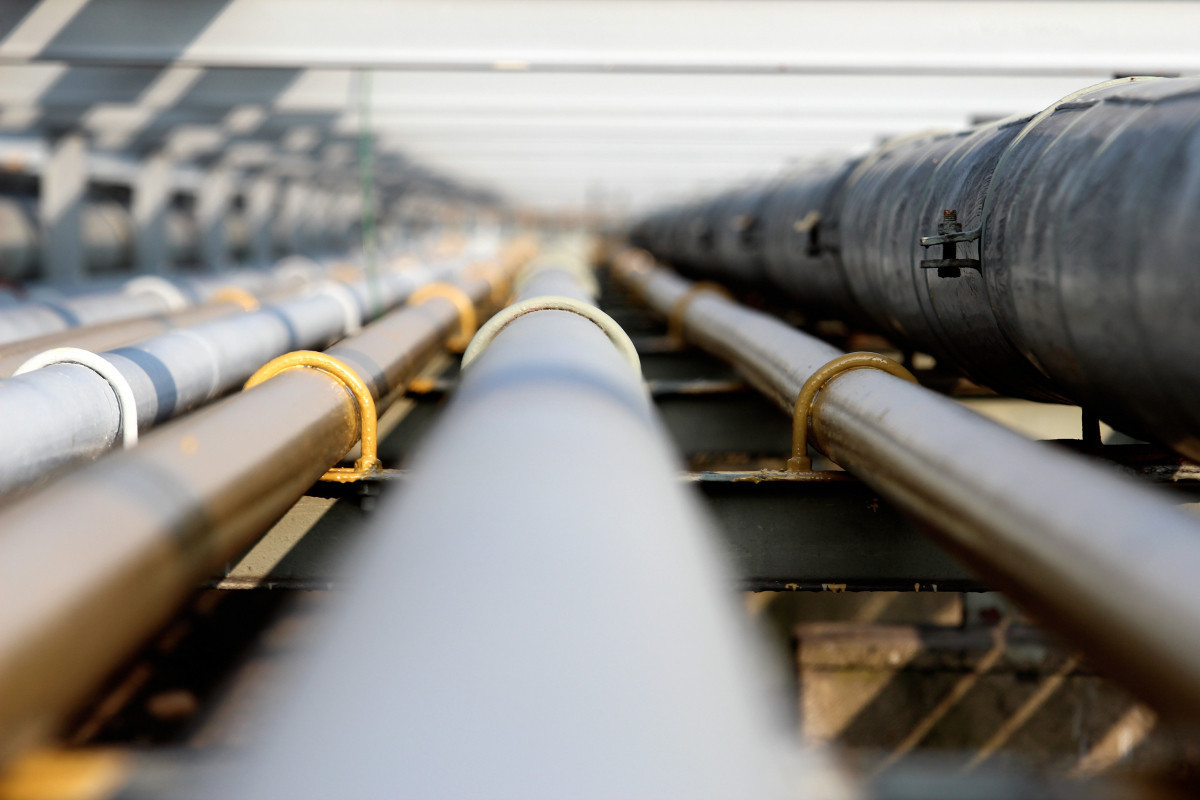Global decarbonization will be possible only if nine system-level requirements are met, encompassing physical building blocks, economic and societal adjustments, governance, institutions, and commitment. Here, we illustrate the economic and societal adjustments by examining the economic transformation that would enable a successful transition to net-zero emissions by 2050, APA reports citing the mckinsey.com.
We look at the shifts in the economy in aggregate, on energy and land-use systems and the sector, that they encompass, and on individuals, both consumers and workers. Our focus is on the nature and magnitude of the transition in four areas: demand, capital allocation, costs, and jobs.
Our analysis uses the Net Zero 2050 scenario from the Network for Greening the Financial System (NGFS). This is a hypothetical simulation, not a projection or a prediction. Our perspectives on demand, investment, costs, and jobs below represent a consistent and interdependent view of the world under this scenario. The analysis is not exhaustive, and we acknowledge its limitations and uncertainties (see sidebar, “Our research methodology: Sources, scenarios, limitations, and uncertainties”).
Even under the relatively orderly scenario considered here, the economic transformation will be universal, substantial, and often front-loaded, with sectors, geographies and communities, and individuals facing uneven exposure. Among the challenges is the risk of short-term disorderly transitions in energy markets, and in the economy more broadly, if the ramp-down of high-emissions activities is not carefully managed in parallel with the ramp-up of low-emissions ones. A disorderly transition could come with high economic costs as well as a backlash that delays the transition. For all its short-term risks, the transition will also create rich new opportunities across sectors and geographies, for example in the form of new markets for low-emission products and support services.
More broadly, in considering the economic and societal adjustments necessary for achieving net-zero emissions, it is important not to lose sight of the bigger context: the longer-term risks from increased warming and the further build-up of physical climate risks.
Our analysis suggests that under the NGFS Net Zero 2050 scenario, changes in policies, technologies, and consumer and investor preferences would lead to considerable shifts in demand for various goods and services. By 2050, oil and gas production volumes would be 55 percent and 70 percent lower, respectively, than they are today. Coal production for energy use would nearly end by 2050.
Similarly, the transition would affect demand for products that use fossil fuels. Demand for internal combustion engine (ICE) cars would eventually cease as sales of battery-electric and fuel cell-electric cars increase from 5 percent of new-car sales in 2020 to virtually 100 percent by 2050.
In other sectors, demand could shift, with a substitution of products manufactured with emissions-intensive operations to lower-emissions alternatives. For example, steel production would increase by about 10 percent relative to today, but with low-emissions steel rising from one-quarter of all production to almost all production by 2050. In the agriculture and food system, the dietary shifts necessary for a net-zero transition would, over time and in the case of some consumers, move protein demand from emissions-intensive beef and lamb to lower-emissions foods like poultry.
In other areas, in particular, those related to low-emissions energy sources, demand would grow. Power demand in 2050 would be more than double what it is today. Production of hydrogen and biofuels would both increase more than tenfold between 2021 and 2050. Other industries, for example, those that manage carbon with carbon capture and storage technologies, could also grow.
Shifts in demand during the net-zero transition would trigger the retirement or transformation of some existing physical assets and the acquisition of new ones. Our analysis suggests that these moves would influence spending on physical assets in two ways. First, spending would increase significantly relative to today. Second, a portion of the capital that is now being spent on high-emissions assets would be spent on low-emissions assets, including those with CCS installed.
Our analysis of the NGFS Net Zero 2050 scenario suggests that about $275 trillion in cumulative spending on physical assets, or approximately $9.2 trillion per year, would be needed between 2021 and 2050 across the sectors that we studied.






